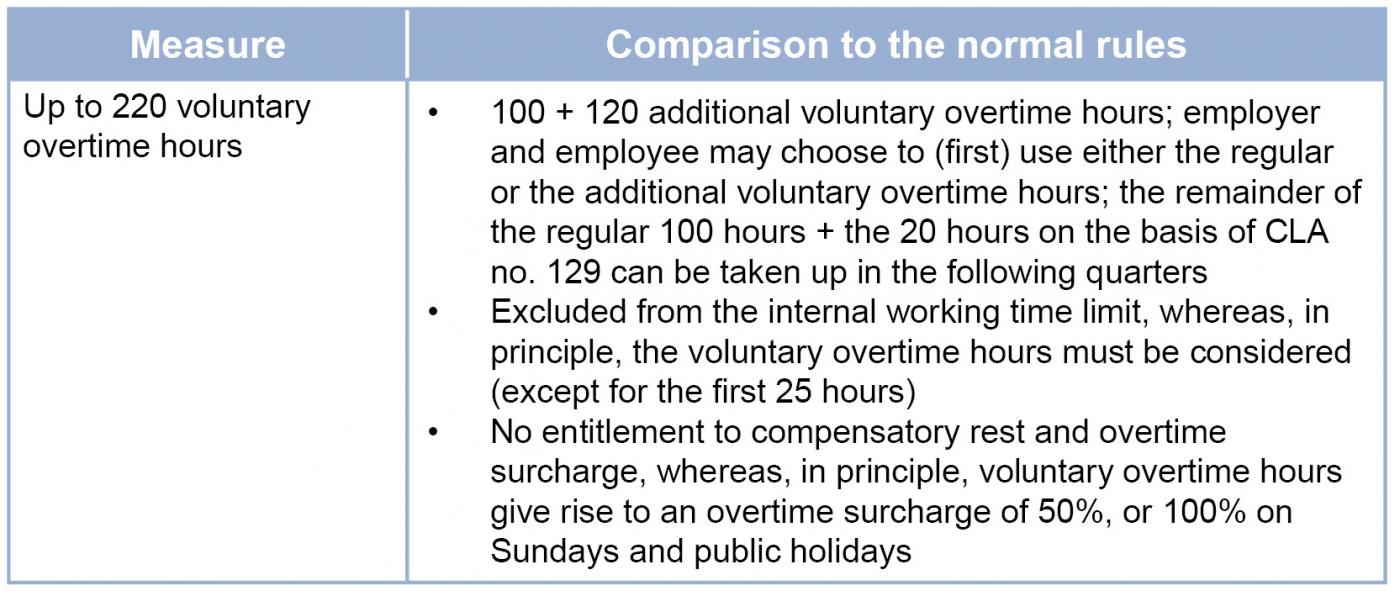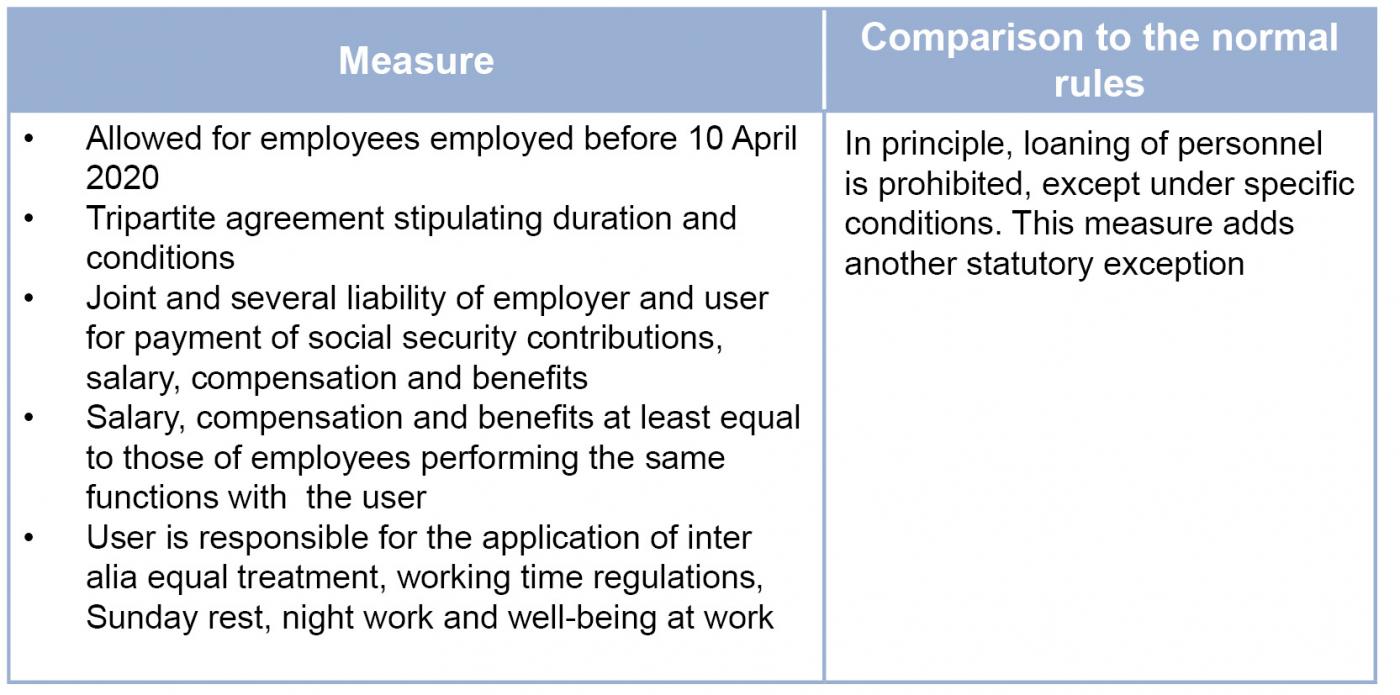[updated version of an article initially published on 6 May 2020]
The impact of COVID-19 on the workforce is massive and presents a major challenge in terms of social law. Companies can gradually begin to rebuild their economic activities under special conditions.
As from 4 May 2020, the Belgian coronavirus exit strategy has taken effect. Except for some specific sectors and activities, companies can gradually begin to rebuild their economic activities under special conditions set by the National Safety Council and laid down in the Ministerial Decree of 30 April 2020.
Teleworking and social distancing
Employers are obliged, to the best of their ability, to maintain teleworking for all workers whose function allows this. Since no end date is foreseeable, implementing or enhancing structural teleworking in accordance with Collective Labour Agreement no. 85 is recommended.
In addition, employers must take the necessary measures to guarantee maximum respecting of the social distancing rules at the workplace (also for transport organised by the employer). Employers should take appropriate prevention measures in a timely manner. These should consist of safety and health regulations of a material, technical and/or organisational nature as determined in the "generic guide" from the Federal Public Service for Employment, Labour and Social Dialogue to avoid the spread of COVID-19 at the workplace, supplemented by directives at business sector level ("sectorgids of protocol"/"guide sectoriel ou protocole") (see link).
Employers should inform and consult the competent social representative bodies and/or personnel and consult the internal and/or external services for prevention and protection at work. Employees need to be informed and trained in good time.
Specific employment measures for employers in the "critical" and "vital" sectors
Special Powers Decree no. 14 of 27 April 2020 introduces a range of employment measures in the "critical" and "vital" sectors.
Critical sectors
The first set of measures is applicable to the "critical sectors and essential services" defined extensively in the annex to the Ministerial Decree of 3 April 2020 (see link). The application of these measures for the private sector is set out in a list enumerating the relevant Joint Committees. All measures are applicable from 1 April 2020 until 30 June 2020.
Voluntary overtime hours





